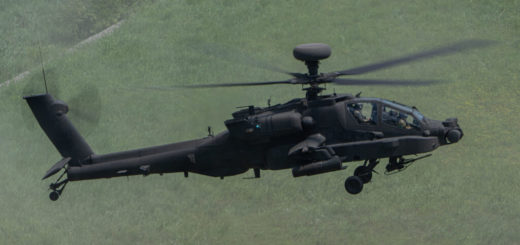Brazil Halts Akash Missile Deal, Turns To European Alternative With Longer Range, But Modi, Lula Agree To Expand Defence Ties
Italy’s Enhanced Modular Air Defence Solution (EMADS) Air Defence SystemThe recent diplomatic engagements between India and Brazil have marked a...







